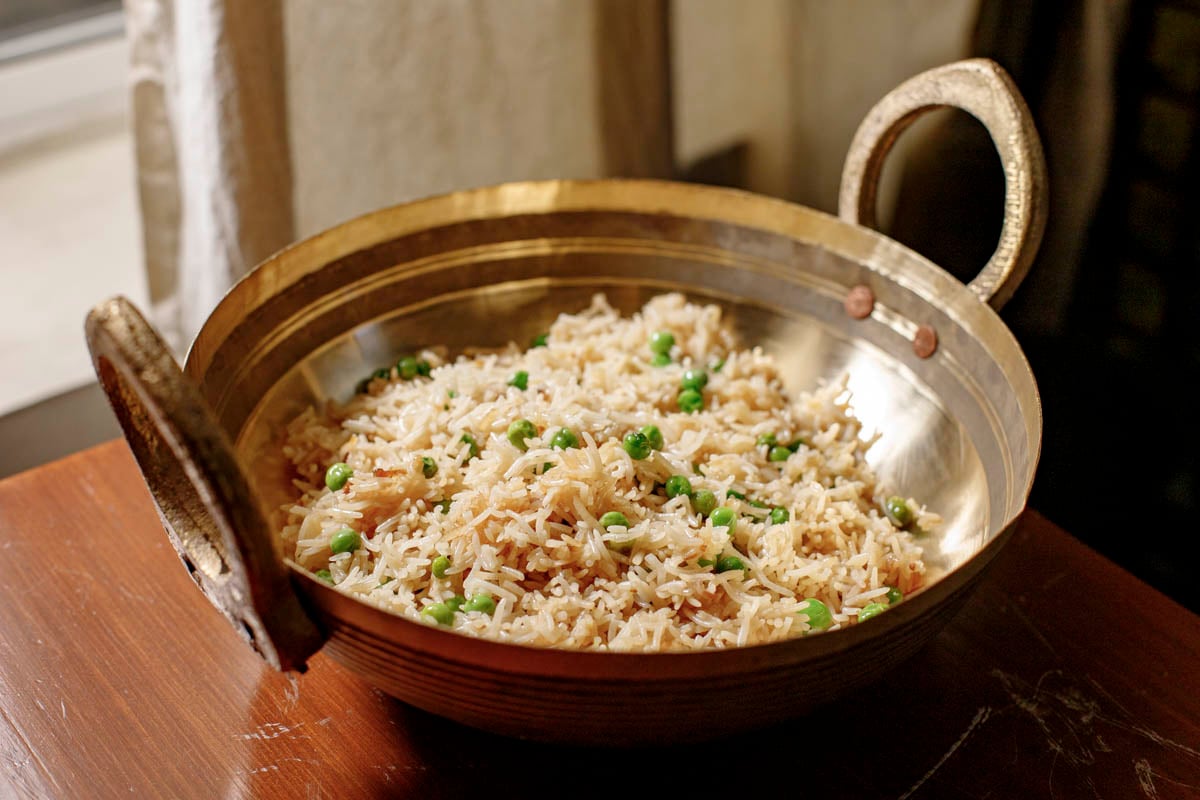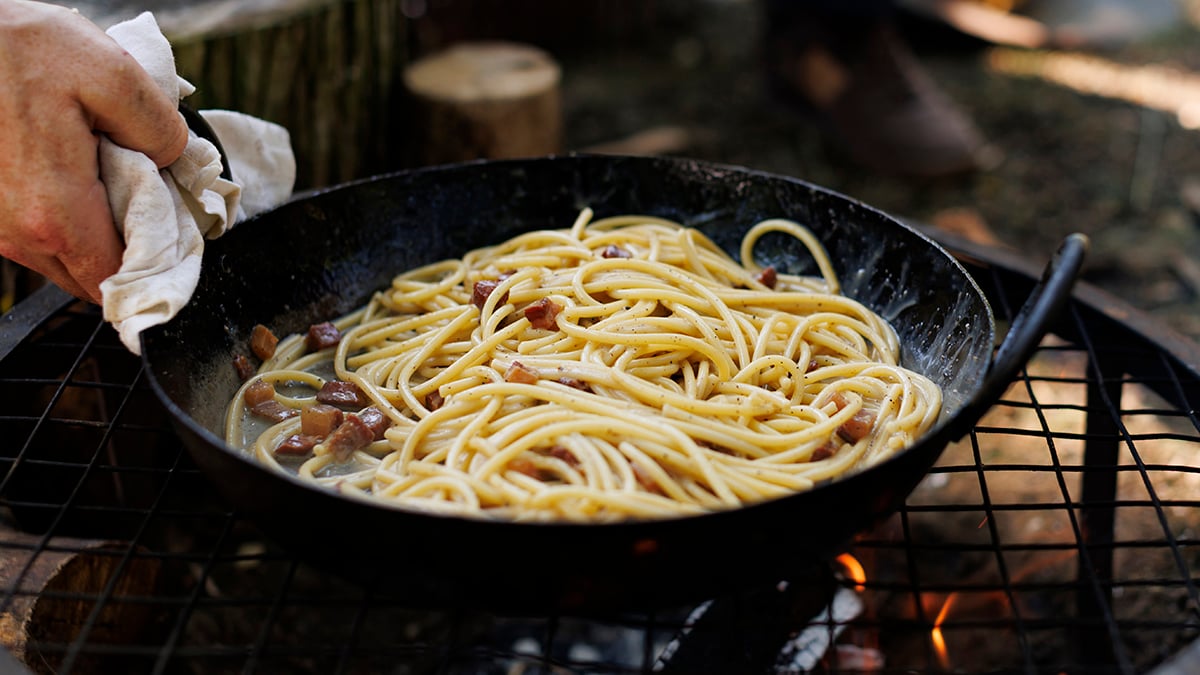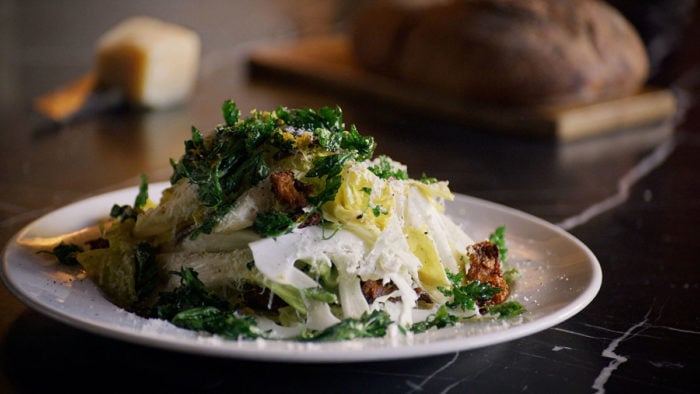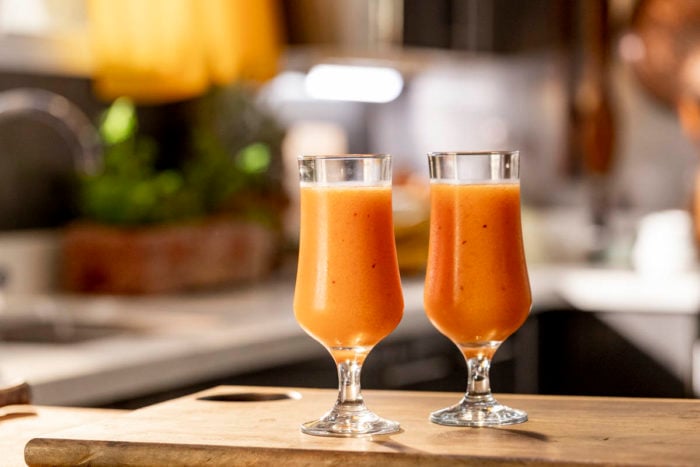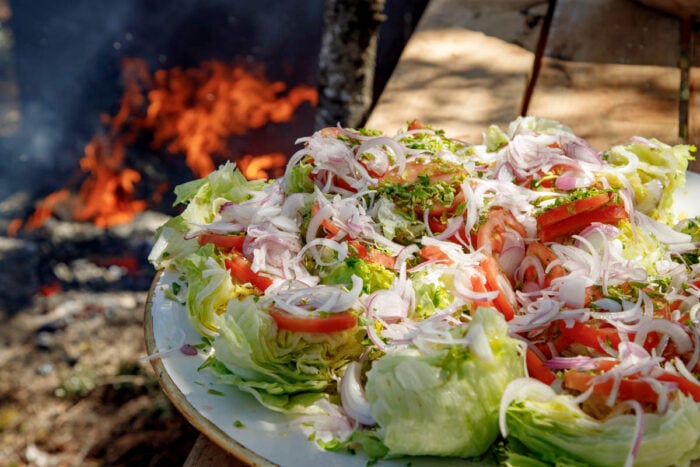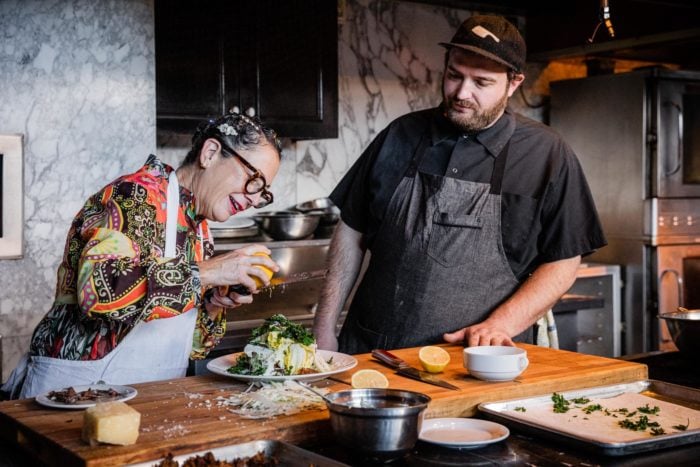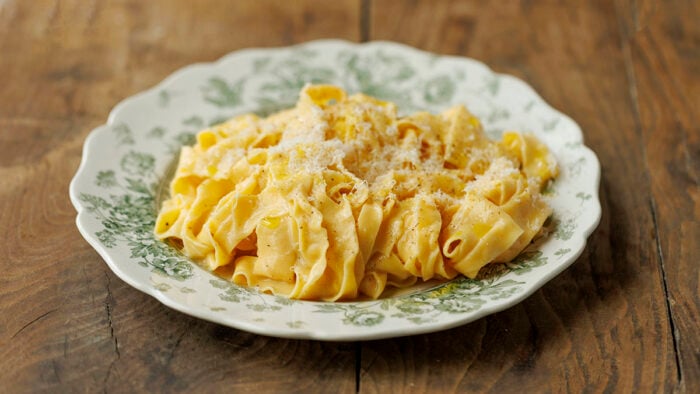
How To Cook Basmati Rice
Written by the YesChef staff

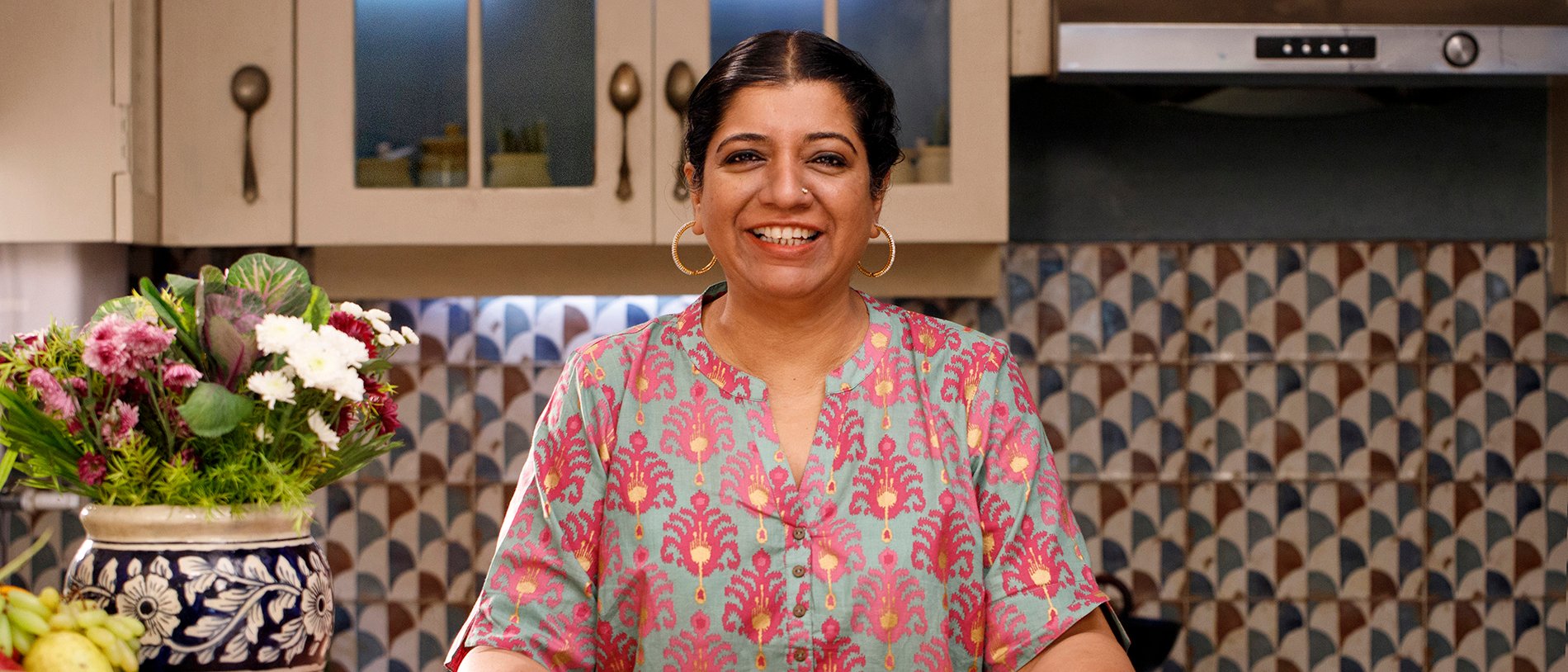
Get Access to an Ever-Growing Library of Classes
Every Subscription includes:
- Unlimited Streaming of all Classes
- Watch on your phone, tablet or laptop
- Story-driven Classes, Practical Lessons
- Recipes with Step-by-Step Guidance
- 30-day Satisfaction Guarantee
- New Lessons added all the time
$9.99/mo
Billed annually
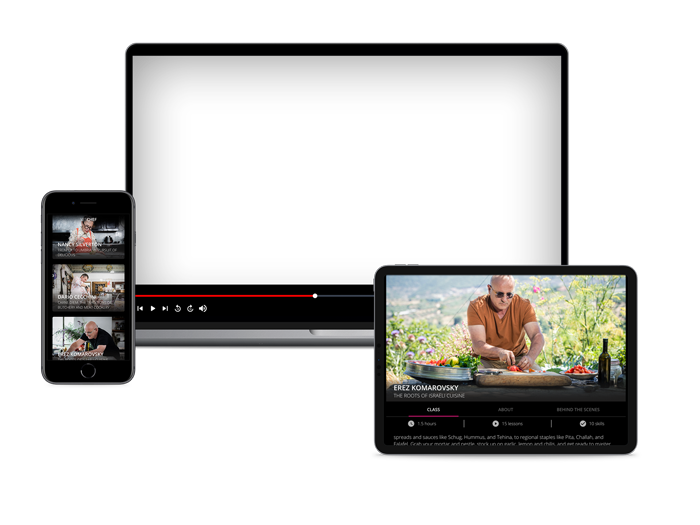
What is Basmati Rice?
Where Does Basmati Rice Come From?

What is the Difference between Long, Medium, and Short-Grain Rice?
What is the Difference between Basmati Rice and Plain Rice?
There are key differences between basmati rice and the plain white or brown rice varieties you will often find at the supermarket:
- Basmati rice is a fluffier, lighter dish than regular long-grain rice.
- Basmati rice is more fragrant, with a nuttier flavor, than plain rice.
- Basmati rice isn’t as starchy as regular rice.
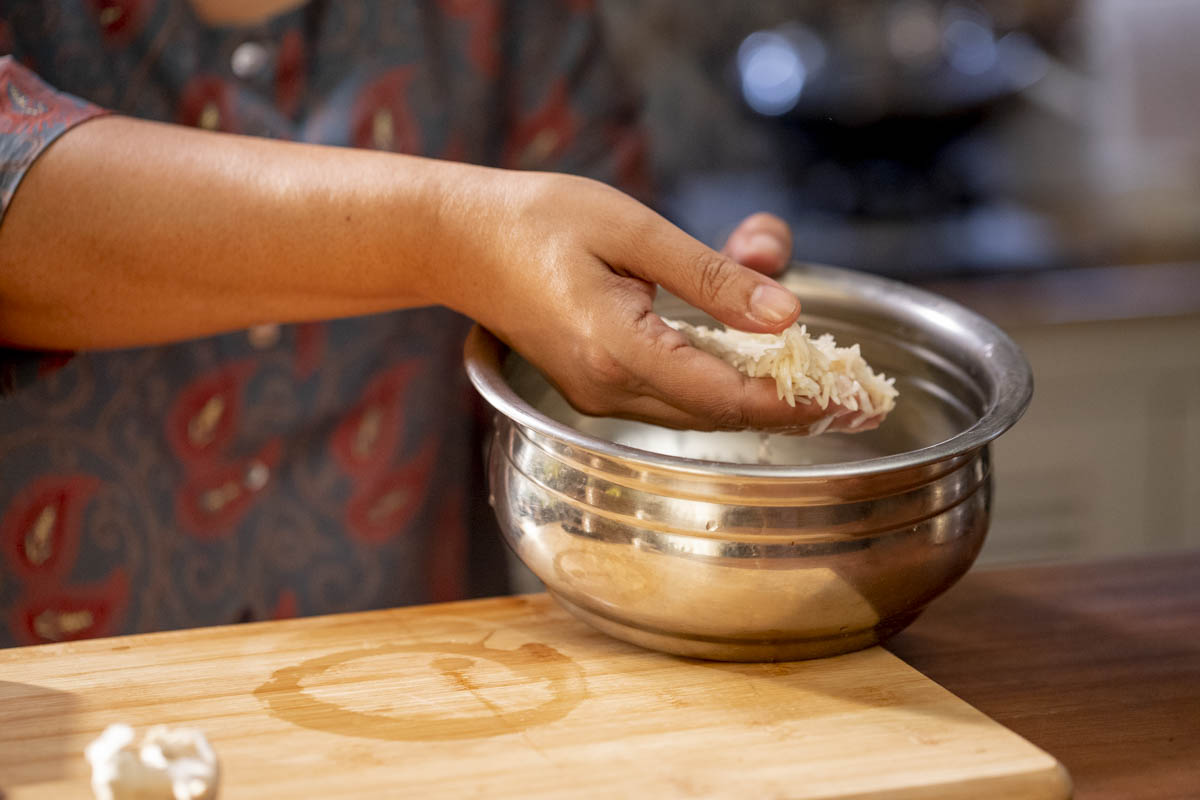
Buying Basmati Rice
How to Cook Basmati Rice

When is Basmati Rice Ready?
Is Basmati Rice Healthy?
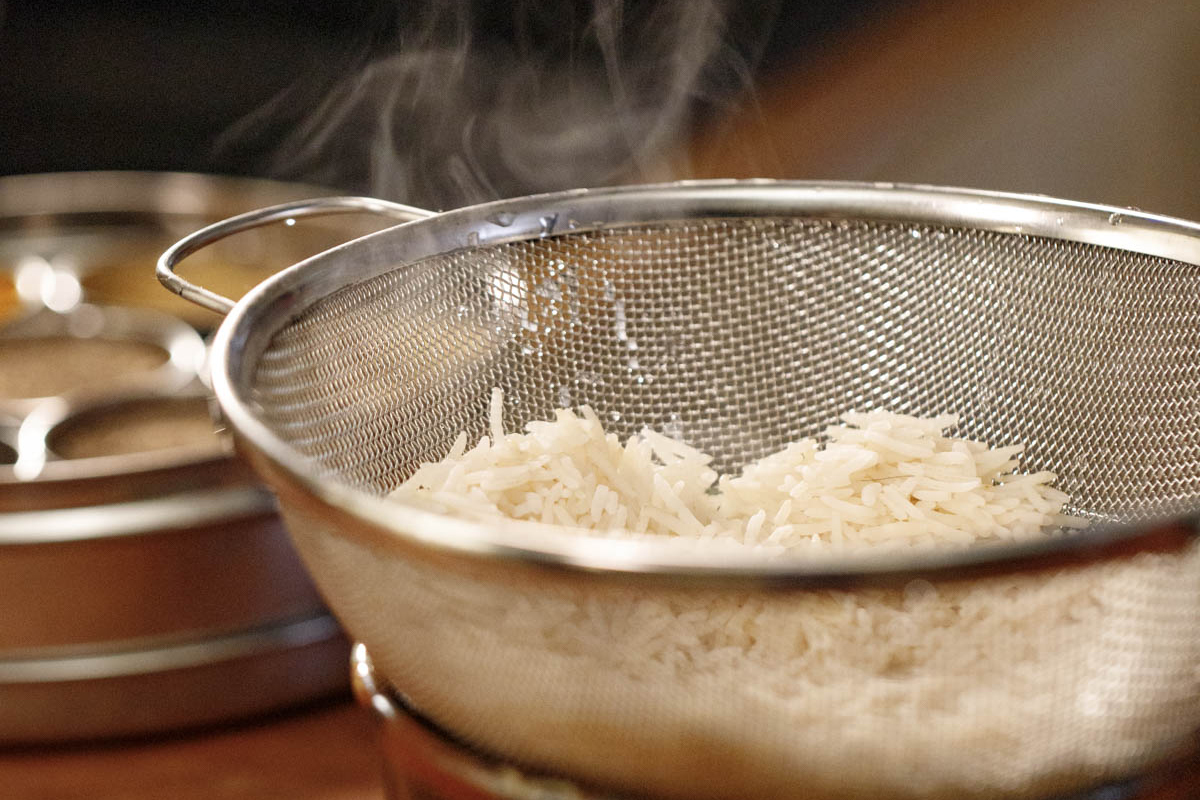
Common Basmati Rice Recipes
If you are asking: “What to eat with basmati rice?” here are some solutions. Basmati rice is frequently prepared as a side dish for curries and rice pilaf. It is central to the classic biryani dish of India and Pakistan, and it can be served either alone or with saffron or turmeric. Basmati is terrific as part of a vegetarian or vegan dish – or it can be served with roasted or braised meats. Basmati rice is also used to make tahdig, a crispy Persian dish that is popular in Iran.What other ingredients go with basmati rice? You can pair basmati rice with green herbs like cilantro, mint, and basil and with spices like saffron; with dairy products like milk and cream and yogurt; with nuts and seeds from pistachios and almonds to fennel seeds. And basmati rice goes excellently with fruits and vegetables like green or red onions. Whatever you eat it with, enjoy!
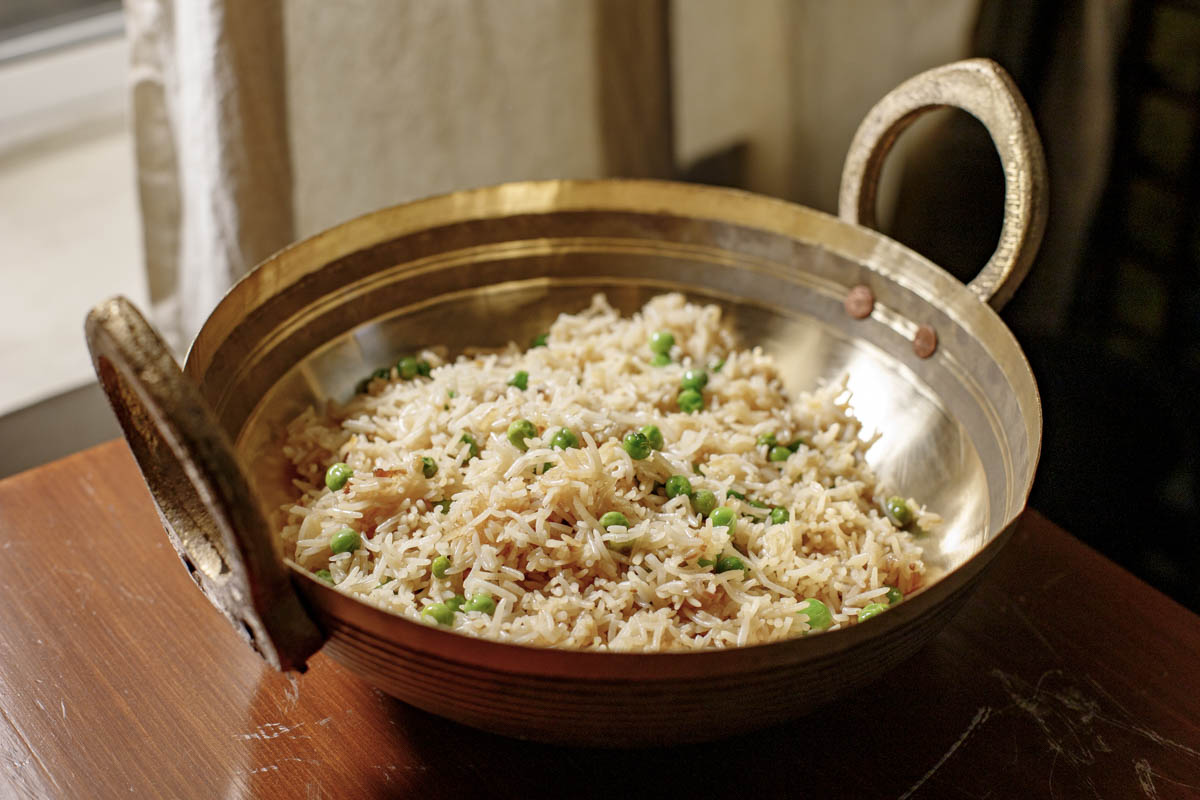
Tamarind Dal & Rice
Ingredients
- 1 cup Basmati rice
- Water
- 2 cups boiled water
- 1 teaspoon salt
GEAR
- Bowl
- Colander
- Pot
with lid.
- Wooden spoon
- Fork
Recipe
- Measure one cup of rice.
- Spread the rice out in a tray and check for any impurities.
- Then, put the dry rice in a large bowl.
- Pour water into the bowl from a jug from the side so you do not have water falling with pressure on rice grains.
- Wash gently moving your hand in one direction only (this is to stop the tips from breaking if you were swirling in both directions as rice would be banging against each other).
- Throw out the water, keep replacing it with fresh water and continue to wash the rice.
- Wash until the water runs clear, about 3 to 4 times.
- Soak rice for 30 minutes to 2 hours.
- Put 2 cups of water in a pot with a lid and bring to a boil.
- Drain rice in a colander.
- Once the water in the pot starts to boil, carefully add the rice and stir gently once or twice as the rice starts to boil again.
- When it’s boiling, add salt, stir in one direction.
- When almost all the water has been absorbed or evaporated, put on the lid, and set to a simmer.
- After 10 to 15 minutes check to see if all the water has been absorbed.
- Cook for a bit longer if it has not.
- Turn the heat off and cover the pan with a clean kitchen cloth and leave undisturbed for 10 more minutes.
- Use a fork to gently separate grains before serving.


